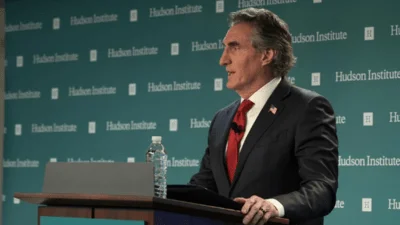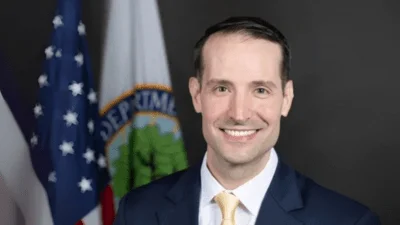On February 6, 2025, EPA Administrator Lee Zeldin traveled to Los Angeles, California, to assess the damage caused by recent wildfires and to meet with agency personnel involved in what is described as the largest wildfire cleanup effort in the history of the Environmental Protection Agency (EPA).
“Many Californians have lost their homes and livelihoods in the recent wildfires. They have faced an unspeakable tragedy. Our EPA staff is on the ground working quickly to get as many properties cleared of hazardous materials as rapidly and safely as possible. We have nearly 1,200 personnel in the field doing their part to aid the cleanup process. We will recover, and we will rebuild,” said Administrator Zeldin.
During his visit, Zeldin began his day at the EPA Incident Command Center for updates on the wildfire response. He visited Altadena and met with community members and officials affected by the Eaton Fire. Later, he assessed damage in Pacific Palisades due to the Palisades Fire. Joining him were Ambassador Ric Grenell, LA Mayor Karen Bass, Major General Jason E. Kelly from USACE, and FEMA’s Regional Administrator Bob Fenton.
Administrator Zeldin's next destination is Western North Carolina to visit communities recovering from Hurricane Helene.
The EPA has completed reconnaissance at 7,822 properties impacted by both fires: 4,659 from Eaton Fire and 3,163 from Palisades Fire. Hazardous materials removal has been finished at 1,153 properties. The agency has also removed 274 electric vehicles and bulk energy storage systems considered dangerous.
Currently staffed with 1,182 response personnel—up from last week's 478—the EPA has formed 80 teams dedicated to clearing hazardous materials from over 13,000 residential and 250 commercial fire-affected properties. A working group has been established for coordination among utilities and stakeholders to expedite cleanup efforts.
President Trump issued an Executive Order on January 24 directing expedited measures for water resources in California and disaster response improvements. The order mandates that Phase 1 of hazardous material removal be completed promptly by EPA before Phase 2 debris removal begins under U.S. Army Corps of Engineers supervision.
Temporary staging locations have been secured for storing hazardous waste materials removed daily from fire sites for processing and disposal.
Guidance documents related to Phase 1 operations are available online for public access along with continuous updates on EPA's website regarding ongoing efforts in California's wildfire recovery.





